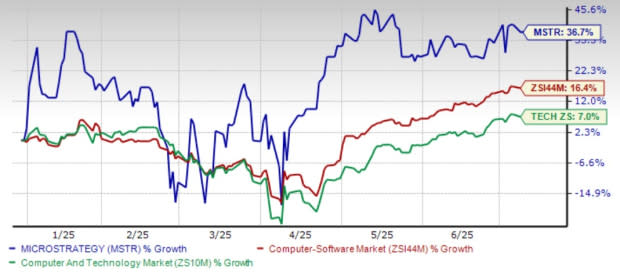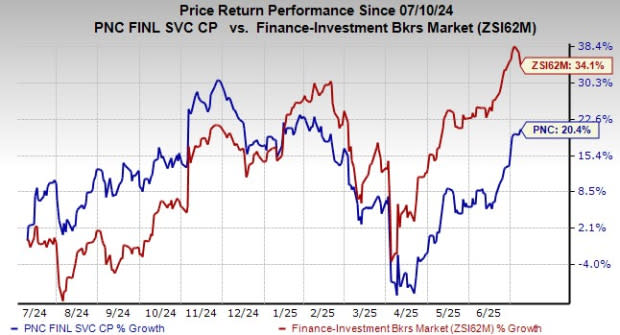Interview: Pearson UK CEO on AI driven edtech transformation

A Pearson veteran of 25 years, Sharon Hague has an extensive background in education including eight years of secondary school teaching. From the coal face of education to her strategic leadership role within Pearson, Hague’s guiding principal has always been harnessing the transformational power of education.
In this vein, she believes that AI is once in a generation opportunity to transform education at all ages and stages. According to Hague, AI’s power lies in its potential to “amplify the teacher, not to replace the teacher, but to reduce the administrative burden, manual data collection, and really support the teacher in concentrating on what they do best; interacting with young people, supporting, motivating and helping them with their learning.”
The Covid-19 pandemic was an inflection point—borne of necessity—for the global edtech market when teaching quickly pivoted online. Global edtech revenue in 2020 increased by some 23% to $158bn. And though the exceptionally strong growth rate did not hold, GlobalData expects the industry to grow at a compound annual growth rate of 9.8% between 2022 and 2030, reaching $535bn in 2030.
Pearson is looking towards the next big technology driven market shift by developing a suite of AI enabled products. The multinational corporation, headquartered in the UK, was founded in 1856 and has undergone many iterations which included national and international subsidiaries in manufacturing, electricity, oil, coal, banking and financial services, publishing (periodicals and books), and aviation. In 1998, Pearson plc formed Pearson Education, and by 2016, education publishing and services had become the company's exclusive focus.
AI will unlock personalised education
Hague is also president of Pearson’s English Language Learning (ELL) division which provides English language assessments and learning materials for English learners globally. The ELL business has launched a smart lesson generator which enables teachers to identify lesson priorities and create lesson content and activities.
Aside from reducing the administrative burden for teaching staff, Hague notes that AI will unlock personalised learning in a way that has hitherto been unavailable without the physical presence of a teacher.
She is excited about AI addressing individual student needs, particularly when access arrangements and accessibility issues are proving to be a barrier, ". “It will enable children with different types of learning needs to be able to access more learning and "to create a better experience”.
Story ContinuesPearson is also developing an AI driven GCSE revision tool which will allow students to receive feedback and suggestions outside the classroom in the absence of a teacher. “The child will write a response, and then the app gives feedback on what they’ve covered, as well as things to think about, and links to further practice,” explains Hague.
The tool is being developed in collaboration with teachers and, though still in development, the feedback is reportedly positive. The company is developing a similar product for use in higher education to deliver instantaneous feedback or suggestions when a tutor is unavailable.
Though adoption is not guaranteed, Pearson’s own research published in Dec 2024, found that some 58% of US Higher Education students say they are using generative AI for academic purposes (up 8% percentage points from Spring 2024).
Can AI replace teachers?
AI hallucinations and mishaps make striking headlines and carry reputational risk for any business launching AI tools. So, what of accuracy? Pearson’s background in pedagogy and learning science, combined with the high-quality and trusted content means that the company is well placed to deliver products in an industry that requires a high level of accuracy, says Hague. “I think we are drawing on content that we know is high quality, is proprietary content, so anyone using the tool can be assured it's accurate,” she says.
When pressed on the potential for hallucinations in feedback offered to students, Hague reiterates that the tools in development are not being designed to replace teachers, but only to support existing teaching processes. “We’re not letting it [LLM] go out into the wild internet and just put anything in. With both our revision tool, and our smart lesson generator, we thought really carefully about how it's designed, because we're conscious that, particularly when young people are preparing for GCSE where there are certain requirements, that it's not just pulling from anywhere."
Looking forward, Hague envisions the technology component in education to increase with use cases including anything from teaching support to a student’s experience of examinations. “At the moment, if you take a colour coded paper-based examination, you could do that much more seamlessly on a screen. The child could actually personalise how they're viewing the exam paper, so that it would meet their needs,” says Hague.
In the same way, speech recognition could enable many different tools for children with different accessibility requirements. “There are lots of opportunities within school-based education and higher education,” says Hague.
Will AI erode students' critical thinking?
As AI infiltrates traditional learning processes, concerns are growing around the erosion of the human capacity for critical thinking. Pearson conducted analyses of over 128,000 student queries to Pearson’s AI study tools in Campbell Biology, the most popular title used in introductory biology courses.
The company categorised student inputs using Bloom’s Taxonomy, a framework used to understand the cognitive complexity of students' questions and found that one-third of student queries were at higher levels of cognitive complexity, with 20% of student inputs reflecting the critical thinking skills essential for deeper learning.
Edtech for the enterprise
Pearson is also working with enterprise clients in upskilling and training staff around how they leverage AI. “There's an increasing skills gap that we're all aware of,” notes Hague.
Pearson’s Fathom tool analyses automation opportunities within the enterprise. The tool can be used for re-skilling purposes, for talent planning and assessing these skills gaps. This is particularly relevant to the UK market, says Hague, as UK companies spend 50% less on continuous training than their European counterparts.
“There's some really great opportunities around continuous review people's work whilst they're working, by giving them feedback and address skills gaps to improve people's performance as they're working.
And technology enables you to do that, rather than more traditional routes, where you might have a training for a couple of days,” says Hague.
Ongoing credentialing is another AI application for the enterprise market. Pearson’s certification system Credly is digital badging that recognises workplace achievement and continuous learning. This employee certification earned as they learn while in the workflow is something they can take with them into their career.
Hague’s advice to businesses looking at implementing AI tools is to analyse where the opportunities lie for automation, develop skills and re-skill within the workforce for future needs. “Hiring is not going to be the way to solve everything you've really got to focus on training and re-skilling at the same time,” she says. And as the edtech landscape becomes increasingly AI driven, the need for companies to address their skill requirements only grows more urgent.
"Interview: Pearson UK CEO on AI driven edtech transformation" was originally created and published by Verdict, a GlobalData owned brand.
The information on this site has been included in good faith for general informational purposes only. It is not intended to amount to advice on which you should rely, and we give no representation, warranty or guarantee, whether express or implied as to its accuracy or completeness. You must obtain professional or specialist advice before taking, or refraining from, any action on the basis of the content on our site.













